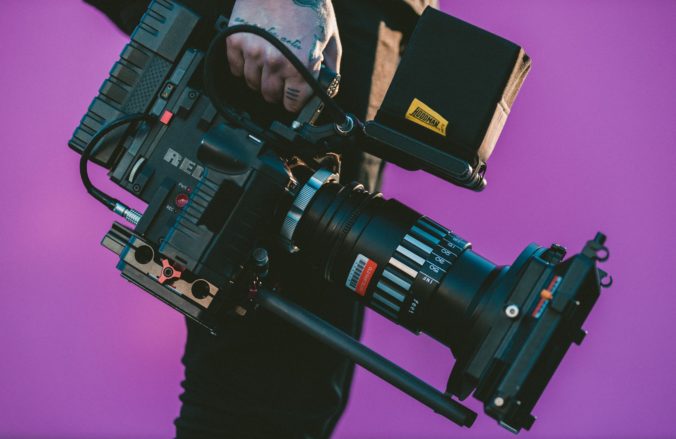There aren’t a lot of movies that I hate. There are movies that weren’t really my thing or that I thought were too problematic to be enjoyed or that disappointed me but films I actually hate are few and far between. At the moment I can really only think of two, Splice (Natali, 2009), which I had to watch in a horror film class during my undergrad. A movie that made me so deeply uncomfortable that it still haunts me to this day. The other film, the film I’m going to be discussing today, in this blog post, is The Last Airbender (Shamalan, 2010).
Now, I didn’t really grow up watching the show as my family didn’t have cable and the only TV we really watched was at my grandparent’s house but, I did discover the show in about 2010 when I was 13. I loved it almost immediately and I still believe that it’s one of the best-structured stories of all time, with barely an episode wasted. By the time I was watching the show I was aware that the film existed and that everyone hated it. However, I had a philosophy about media when I was younger that I still stand by today. It’s hypocritical to hate on something that you haven’t seen. If you want to be critical about a piece of media then you should experience it for yourself instead of jumping on a hate bandwagon when you really don’t know anything about what you’re hating on.
So I did watch the movie and let me tell you, it’s not good. I do not know what possessed M. Night Shamalan to believe that he could compress a little over seven and a half hours of TV into a single two-hour movie but he sure did try. In doing so, any character development, foreshadowing or humour that was present in the original show was cut so they could cram in as much plot as possible. Not only does this betray the spirit of the original show, but it makes for a bad movie.
The script is poorly written and clunky, designed to fit in as much plot development as physically possible without actually have to show any of the things the characters actually go through. The acting is bland and emotionless, the only people who get a pass are Dev Patel and Shaun Toub, playing Zuko and Iroh respectively. I don’t even blame the actors for this really. Noah Ringer, who was cast to play Aang, was only twelve years old when the film was released, he had no formal acting training, this was the first film he was ever in and he only had a month to prepare for the role. Add to that the blandest script I’ve ever seen and you can’t really expect to make anything that good. The cinematography is really strange too. Lots of extreme close-up shots of characters not emoting at all and long shots for action sequences made to show off the martial arts but in reality they just slow the whole film down.
This post is getting kind of long and I haven’t even touched on the fact that all of the “bad guys” are East Indian, which, yikes, and the only characters from the Water Tribe with speaking parts are white, despite the fact that the Water Tribe was originally modeled after Inuit people, also yikes.
Also, they won’t stop mispronouncing things. You’re adapting a TV show, not a book, all the pronunciations are, like, right there.
In conclusion, I hate The Last Airbender. I hate it because M. Night Shamalan took an incredible story and gutted it for profit. I hate it because its bad to look at and hard to watch. I hate it because the idea of seeing a story you love play out on the big screen in live action is intoxicating and it draws people in. A concept that has fundementally changed to film landscape now a days. All you have to do is look at what Disney is putting out these days.
The good thing is the original show still exists, unaltered and untarnished by anything that came after and holds up incredibly well even fifteen years later.







Recent Comments